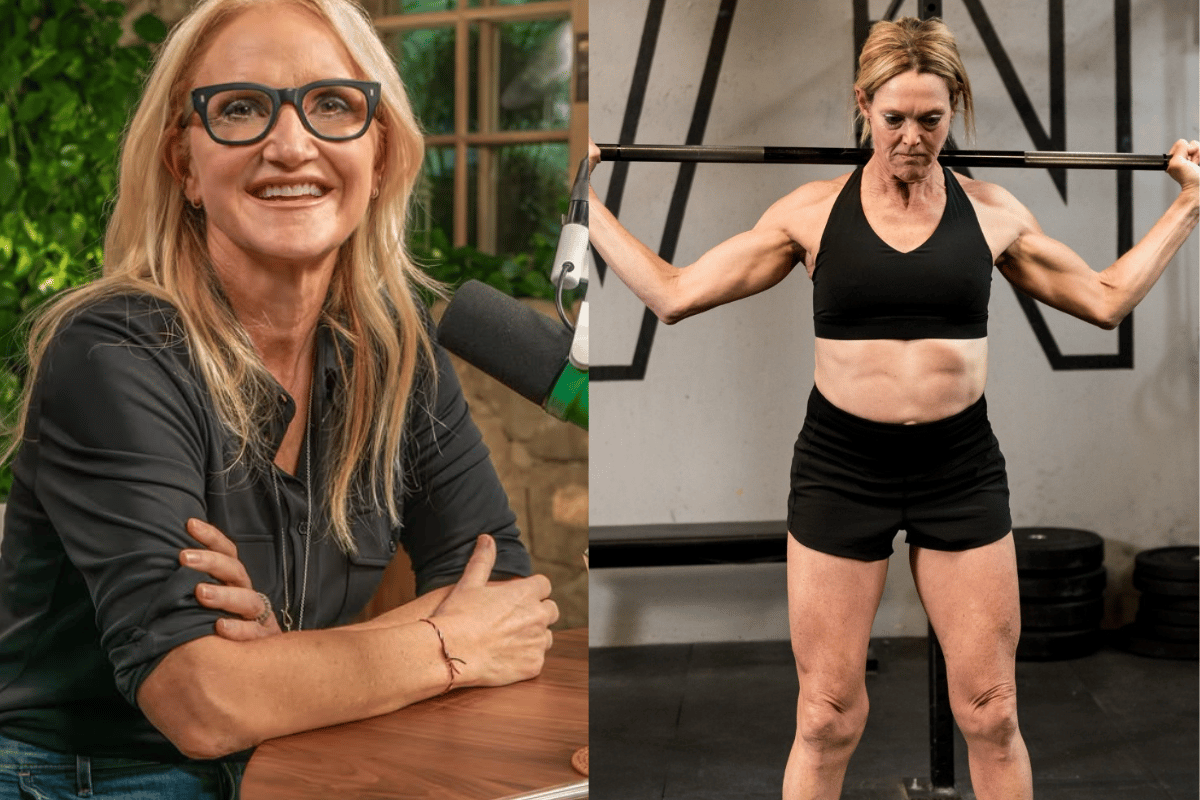
For decades, women have followed fitness and nutrition advice developed for men, only to end up frustrated when the same protocols fail to deliver expected results. According to Dr Stacy Sims, exercise physiologist and nutrition scientist, the problem isn't a lack of effort — it's fundamentally misunderstanding the female body.
"Everything from what happens in utero until we die is different for women than men," explained Dr Sims in a recent interview on The Mel Robbins Podcast.
"All the guidelines for exercise, mental health, sociocultural pressures... we experience things differently as women than men do, but that's not ever really explained."
Watch: Speaking of women's health, have you checked out Mamamia's new podcast Well? Post continues below.
Dr Sims, from Stanford University, has pioneered a transformative approach to women's fitness. Her mantra — "women are not small men" — challenges the fitness industry's tendency to simply "shrink and pink" male-focused protocols rather than develop women-specific approaches based on female physiology.
The morning metabolism myth.
According to Dr Sims, one of the most pervasive fitness myths affecting women involves morning exercise routines. Many women follow the male-centric advice to exercise on an empty stomach, believing it maximises fat burning.




























































































